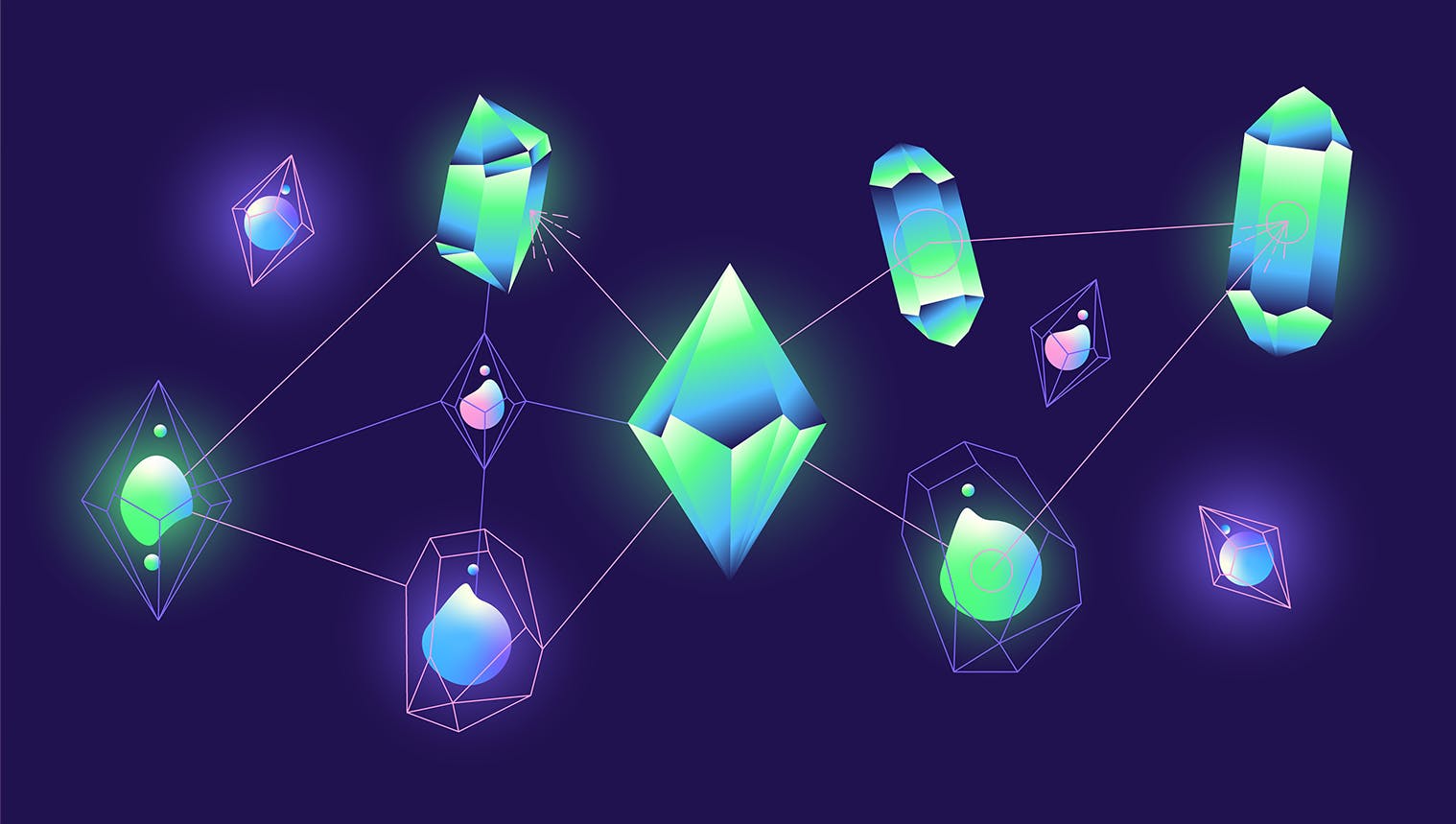How AI simplifies strategic workforce planning

As a management structure, strategic workforce planning (SWP) aims to anticipate and plan which skills will be needed by your company in the future. The need for such agility has never been more apparent than in the last few years, as people across the globe have faced and continue to face an increasing number of health, financial, social and climate crises.
To weather these crises, companies need to show resilience and agility. This is particularly true for their HR departments and empathetic innovation can pave the way for new ways of thinking, living and working, which can become the new normal.
Facing the future, companies must anticipate changes in the skills of their employees and plan the actions to be taken to ensure their professional growth and success. This is a tricky exercise since it consists of “predicting the unpredictable" and, according to a study published by Dell and the Institute for the Future, 85% of jobs in 2030 do not yet exist!
Yet SWP rises to these challenges of anticipation and decision making.
What is strategic workforce planning?
Strategic workforce planning (SWP) aims to align the HR transformation of an organization with the defined business strategy while also predicting skills requirements. The strategy makes it possible to simulate different scenarios — for example, the collapse of a regional market — and measure the impacts on the workforce.
Unlike other approaches and schools of thought that are applied at the individual level, like the French GPEC (a legal requirement that roughly translates to Jobs and Skills Management and Forecasting), SWP supports a business ambition. For Clara Tannenbaum, customer success consultant at 365Talents, this predictive and strategic dimension makes all the difference.
Consider the creation of a new activity that requires 30 data scientists. The company employs only 10. It must use different levers including wages and training to promote geographical and functional mobility. An insurer may, for example, decide to convert actuaries into data scientists.
This is, then, the whole challenge of Strategic Workforce Planning: To transform existing skills without resorting to recruitment or redundancies, the costs of which are much higher than training and mobility actions. This paradigm shift requires detailed knowledge of these resources.
“To measure the gaps between the skills of today and those needed tomorrow, a comprehensive and constantly updated skills repository is essential,” continues Clara Tannenbaum. This is where artificial intelligence comes in.
How AI makes SWP easy
In this context, artificial intelligence mechanisms facilitate the detection of existing skills and their possible development.
AI like that which powers the 365Talents platform makes it possible to detect employees’ skills, even if they are hidden or dormant. It will then identify the connections with related skills and possible bridges to ensure the transition from one position to another. For example, a manager based in France, Alain learned Hindi during his studies. He is an ideal candidate to head up the new subsidiary in India.
In practice, the employee declares their skills. Then, with that knowledge, the AI will suggest new skills. For example, a recruitment officer will be prompted to add their ability to source CVs even if they have not mentioned it.
Companies that use Strategic Workforce Planning are generally key accounts. Given their payroll and multi-site dimensions, it is difficult for them to have detailed knowledge of each of their employees.
Consulting firms or SMEs operating in sectors subject to structural changes also use this approach. While there are solutions dedicated to Jobs and Skills Management and Forecasting (GPEC), companies remain poorly equipped in the field of SWP — reducing it, in some cases, to a simple Excel file.
150 years worth of HR work — done in 1 hour
An AI algorithm is used, among other things, to perform an “easy” task many times over, thus making significant time savings. On the 365Talents platform, the "easy" task is assessing an employee-opportunity match and “many times over” means 20 million matches every hour.
Imagine how long it would take for an HR team to systematically analyze the 20 million matches, where 20 million represents all the possible combinations between 2,000 opportunities and 10,000 employees. This is, of course, a conceptual exercise, as it is impossible for an HR team to specialize to such an extent. But let's pretend:
- The team is used to reading opportunities. From A to Z, extracting key skills as well as the number of years needed to do the job in just a few minutes… Let’s say 5 minutes.
- The team knows all the employees very well. It’s their job. It is certainly impossible to remember everyone perfectly. We would remind you that, on average, an HR Manager manages the career of some 300 employees in their company. Re-reading their CVs, their annual interviews and all the discussions with them would also be a matter of minutes. Maybe a little longer than for an opportunity… Let’s say 10 minutes.
- Finally, having memorized all the previous information, taken a look at an employee and an opportunity and thought about it a bit, the team decides on their possible compatibility! Say… 1 minute?
For one match, it’s quite a quick exercise... but we still need to consider the 19,999,999 other possibilities! If the team starts now, they will have done it in...more than 150 years.
In other words, the AI algorithm is capable of reducing the time allocated to the repetitive tasks that are nonetheless the only way to identify 100% of the company's talents and 100% of the opportunities that can be offered. If released from this task, the team in charge of HR can rely on the most relevant results of these systematic analyses in order to have more discussions with each employee about their opportunities — you know, the stuff an algorithm can’t do. The algorithm is capable of extracting the opportunities most likely to interest certain employees, but can never replace the intuition and human support of HR.


Ready to chart a new course for your people at work?
To learn about how AI facilitates strategic workforce planning on the 365Talents platform, start discussing with one of our experts. S/he'll be able to guide you through your HR tech project.

Uncover more HR insights









